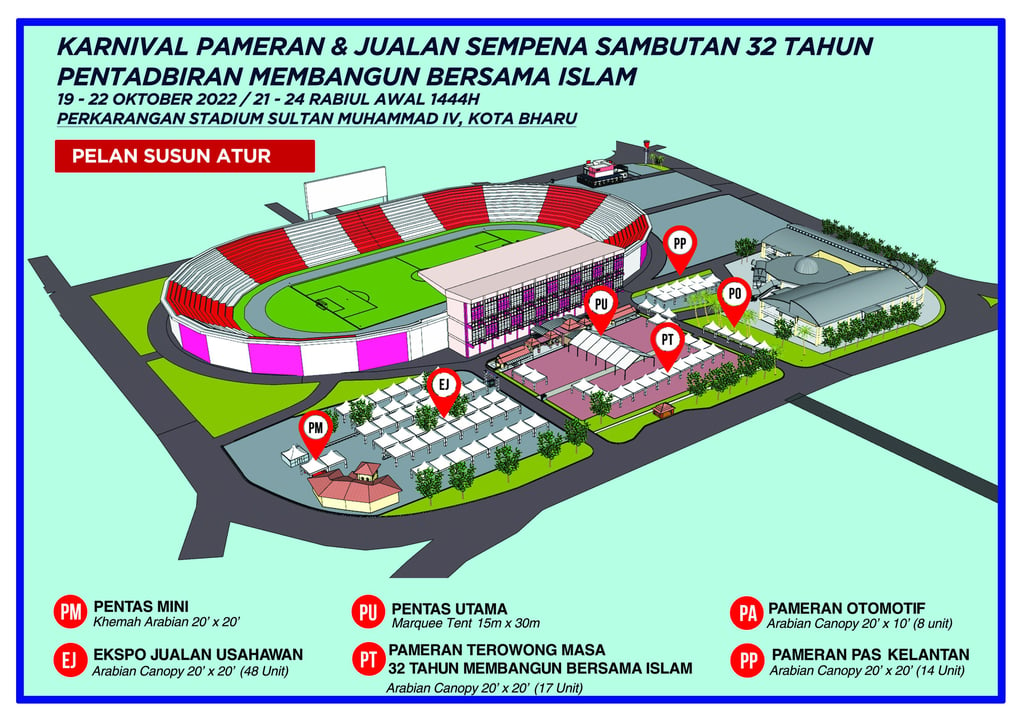Tips for Event Layout Design and Site Management
5/9/20241 min read


Tips for Event Layout Design and Site Management
1. Plan Ahead
When it comes to event layout design and site management, planning ahead is crucial. Start by understanding the purpose and goals of the event. Consider factors such as the number of attendees, the type of event, and any specific requirements or restrictions. This will help you determine the layout and flow of the event space.
2. Consider Flow and Accessibility
One important aspect of event layout design is ensuring a smooth flow of attendees throughout the venue. Consider the different areas of the event, such as entrances, exits, registration desks, and food and beverage stations. Make sure these areas are easily accessible and well-connected to avoid congestion and confusion.
3. Create Zones and Spaces
To optimize the event experience, create different zones and spaces within the venue. This can include designated areas for networking, presentations, exhibitors, and relaxation. Use signage and clear markings to guide attendees to the appropriate areas. By creating distinct spaces, you can enhance the overall atmosphere and ensure that attendees can easily navigate the event.
4. Pay Attention to Safety
Safety should be a top priority when designing the event layout and managing the site. Ensure that emergency exits are clearly marked and easily accessible. Consider the placement of fire extinguishers and first aid stations. If necessary, consult with local authorities or security professionals to ensure compliance with safety regulations.
5. Test and Adjust
Before the event begins, conduct a thorough walkthrough of the venue to identify any potential issues or areas for improvement. Test the flow of attendees, check for any obstructions or hazards, and make adjustments as needed. It's also a good idea to have a contingency plan in case of unexpected changes or emergencies. In conclusion, event layout design and site management are crucial for creating a successful and enjoyable event experience. By planning ahead, considering flow and accessibility, creating distinct zones, prioritizing safety, and conducting thorough testing, you can ensure that your event runs smoothly and leaves a lasting impression on attendees.
